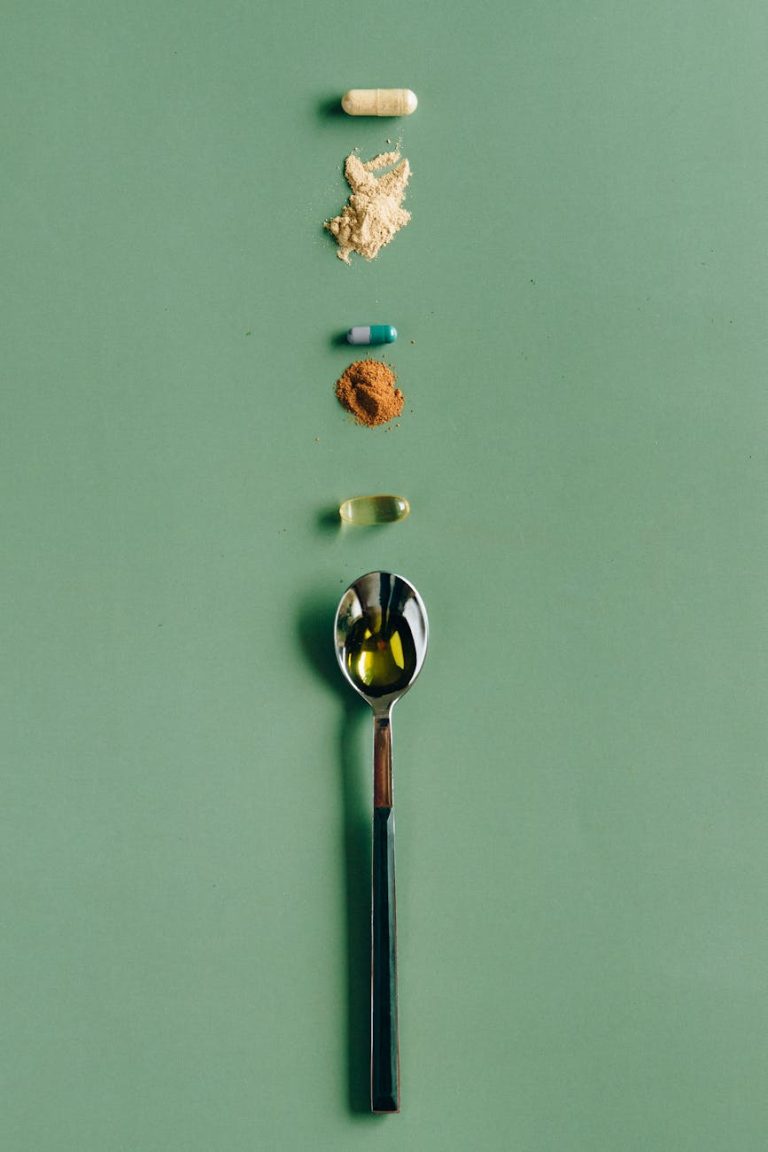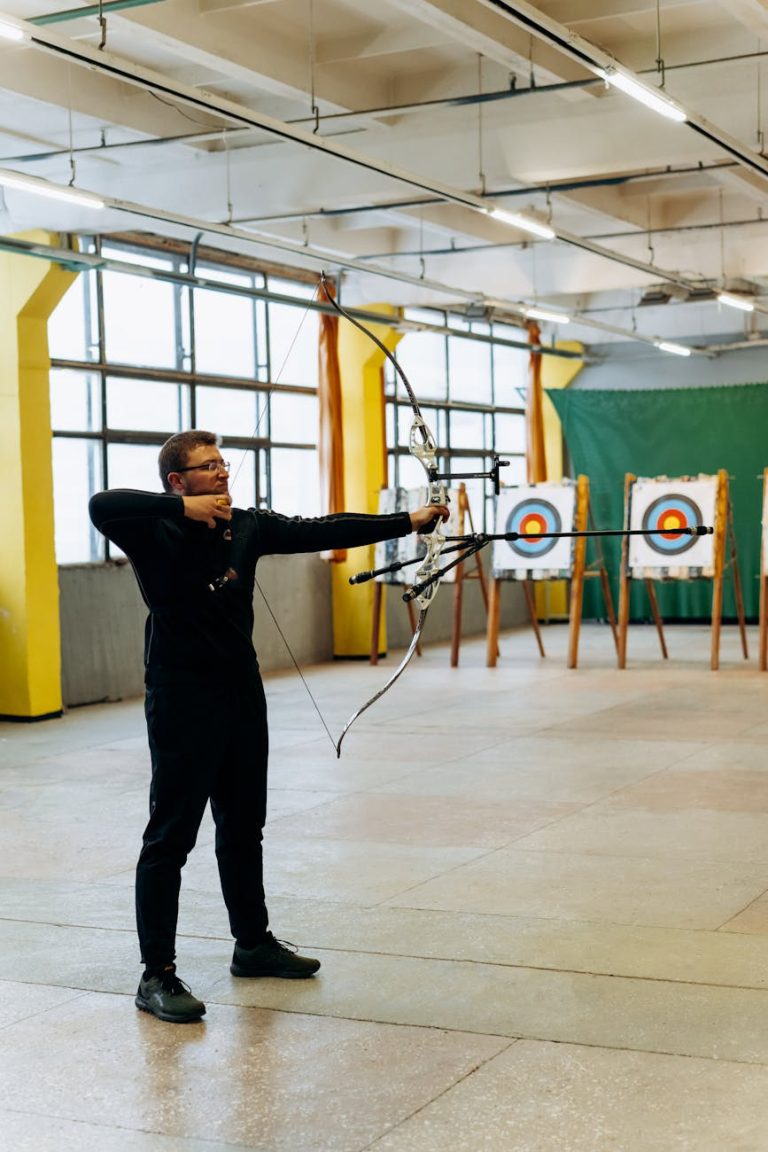Antique jewelry holds a timeless allure, with each piece telling a unique story from the past. However, in a market flooded with reproductions and imitations, identifying authentic antique jewelry can be a daunting task. To help you navigate the world of antique treasures, here are some must-have tips for spotting genuine pieces.
Understanding the Value of Authentic Antique Jewelry
Authentic antique jewelry is defined as pieces that are at least 100 years old. These pieces are cherished for their craftsmanship, history, and rarity. When it comes to evaluating the value of antique jewelry, factors such as design intricacy, materials used, historical significance, and condition play a crucial role.
Examining the Hallmarks and Signatures
One of the first steps in identifying authentic antique jewelry is to look for hallmarks or signatures. Hallmarks are stamped symbols that indicate the metal purity, country of origin, and maker’s mark. Genuine antique jewelry often bears these markings, providing valuable clues about its authenticity and origins.
Analyzing the Construction and Craftsmanship
Authentic antique jewelry is typically handcrafted with meticulous attention to detail. Examine the piece closely for signs of craftsmanship such as intricate engravings, precise settings, and intricate filigree work. Genuine antique jewelry often showcases superior artistry and quality that sets it apart from modern reproductions.
Checking for Patina and Wear
Another key indicator of authentic antique jewelry is the presence of patina and wear. Over time, antique jewelry develops a unique patina that adds to its charm and character. Look for signs of tarnish, discoloration, and wear patterns that are consistent with the piece’s age. While some wear is expected in antique jewelry, excessive damage or signs of repair may indicate a reproduction.
Seeking Expert Appraisal and Authentication
When in doubt about the authenticity of a piece of antique jewelry, seek the expertise of a professional appraiser or gemologist. These experts can provide valuable insights into the history, materials, and authenticity of the piece. An appraisal report from a reputable appraiser can also serve as documentation of the piece’s provenance and value.
Researching the History and Provenance
Understanding the history and provenance of a piece of antique jewelry can offer valuable insights into its authenticity and value. Research the time period, style, and maker associated with the piece to verify its authenticity. Provenance, or the documented history of ownership, can also add to the credibility and value of antique jewelry.
Conclusion
Authentic antique jewelry exudes a sense of history, craftsmanship, and elegance that sets it apart from modern pieces. By following these tips for spotting genuine antique jewelry, you can confidently navigate the world of vintage treasures and add timeless pieces to your collection. Remember to approach each piece with a discerning eye, seek expert advice when needed, and cherish the beauty and history of authentic antique jewelry.




